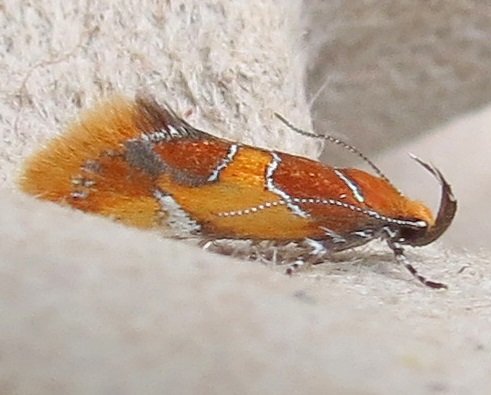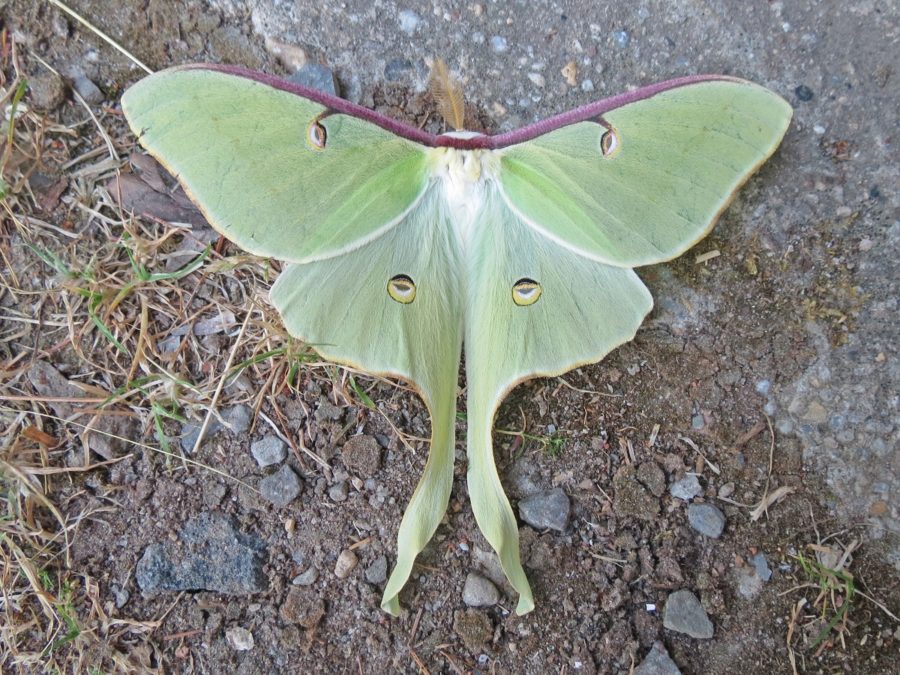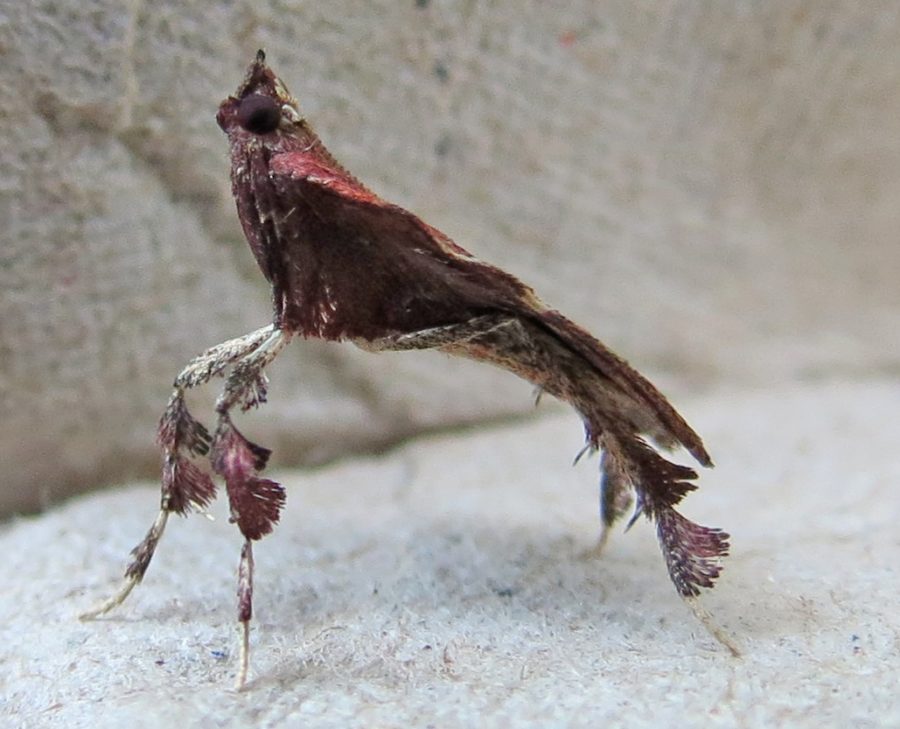This post comes to us from Mark Read, an interpretive naturalist at Murphys Point Provincial Park.
Most people have a love/hate relationship with moths. But believe it or not, moths are the latest craze to hit Murphys Point Provincial Park!
With moths that range in size from as big as your hand to smaller than a grain of rice, staff at the park have been documenting this understudied group for the last few years.
As a result, the park list has grown from 56 known species in 2015 to a whopping 673! That’s 617 more species identified in the park in just three years!
But there’s more to the story

What this is really about is finding the connection to nature that encourage us to ask questions, and find out more about the plants and animals that inhabit the environment around us.
The diversity in moth shape, size, and colour is amazing. Unlike butterflies, these beauties often spread their wings for all to see. The next time you see a moth, stop and have a look: a proper look, up close, with a magnifying lens.

Take the 6 mm Orange-headed Epicallima, for example. Like many moths it has an unusual and unpronounceable name, but look at the detail packed into just 6 mm!
A moth’s place in nature

Beauty aside, moths (and their caterpillars) play an important role in an ecosystem as the favourite food of many birds and other animals. Even fox cubs have been spotted coming to enjoy a little midnight snack of caterpillars. Caterpillars, in turn, feast on vast quantities of vegetation.
Moth fun at Murphys

Moth Nights are held throughout the summer season at Murphys Point. At these drop-in events, campers gather with a park interpreter at dark to see the moths around them as they are attracted to the lights.
And, of course, it’s not just moths that appear. Other critters regularly seen include walking sticks, mantids, caddisflies, fishflies, and peculiar little click beetles, something that everyone should see (and hear).
Live moth trapping

The park uses live-trapping methods to collect information on the moths in the park, and to understand when different species emerge.
For example, through live trapping, we know that the best time to see some larger moths, such as the palm-sized Luna Moth, is the two-to-three week period from the end of June to early July.
D.I.Y. mothing

Try leaving a light on overnight and periodically going out to check what has turned up. Or perhaps have a go at building a home-made trap.
A field guide can be useful, though some excellent online resources are freely available. Taking pictures of what you see is also a good idea. Most mobile phones have great cameras these days, although a camera with a macro function is certainly beneficial.

The final step is to record what you see, and share your information (and passion) with others. iNaturalist is a great place to get help with species identification and to share your sightings with the community.
What are your feelings on moths?

Love them, hate them, or are you totally indifferent? Whichever it is, join the staff at Murphys Point for a Moth Night to find out more. Perhaps you’ll be inspired to take up mothing yourself!
Or like many people who come through Ontario Parks, it might provide the spark that ignites a lifelong passion for nature.
